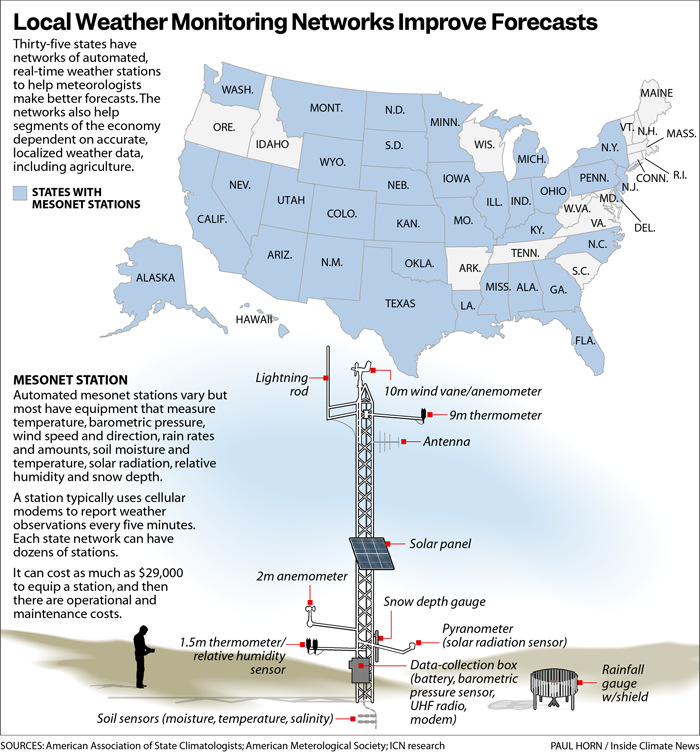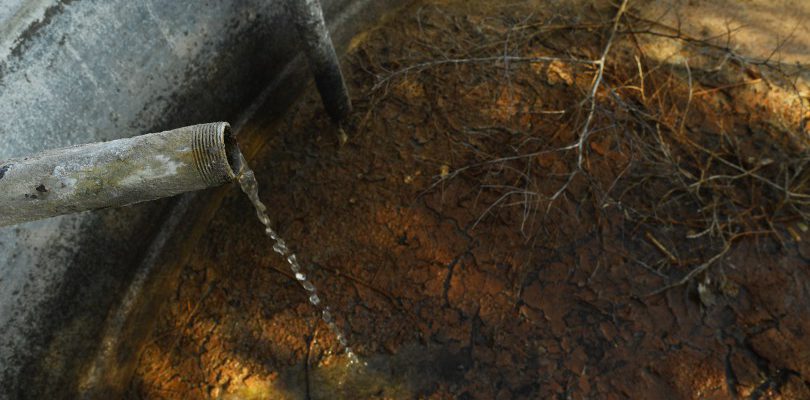April 2022
-

In the past, television meteorologists were often hesitant to discuss the changing climate. In some cases, they were prohibited by the management of their stations, who did not want to lose any viewers. In other cases, the meteorologists were themselves skeptical of climate change projections. As the science has become more clear, more broadcast mets…
-

Inside Climate News published a story about state weather mesonets in February, but I just ran across it this week. Mesonets like the one we have at the University of Georgia provide valuable climate information to farmers and extension agents documenting drought, water stress, freezes, and growing degree days, all of which help farmers monitor…
-

The latest 7-day QPF map shows that rain amounts this week should be quite light. Most of the rain will fall as a cold front passes through the region starting on Monday night and exiting on Wednesday. However, the total rain will be less than 1/2 inch except for a few spots in northern Alabama…
Posted in: Climate outlooks -

Droughts come and go as a natural part of climate. Some species of plants and animals are adapted to drought and need it as part of their life cycle. However, prolonged drought can cause devastation to the areas that are affected by it, and the people that live there can suffer significant hardship due to…
-

The latest outlook maps for May 2022 and May through July 2022 were released today by NOAA’s Climate Prediction Center. They show that for May, the southern part of our region is the most likely to be warmer than normal, while much of the region could be wetter than normal. For the early summer months…
Posted in: Climate outlooks -

The National Weather Service Office in Peachtree City, GA, has posted storm survey results for the severe weather outbreak of April 5 and 6. I post this because the storm survey for the Dooly County EF-2 shows a wind maximum right at the location of the UGA Byromville weather station, which measured a wind gust…
-

The latest Drought Monitor, released today, shows only slight changes in most of the region from last week’s map. The biggest change was in Alabama, where recent rains have eliminated the small area of drought and substantially reduced the area of abnormally dry (D0) conditions. Other states had small changes to the areas of abnormally…